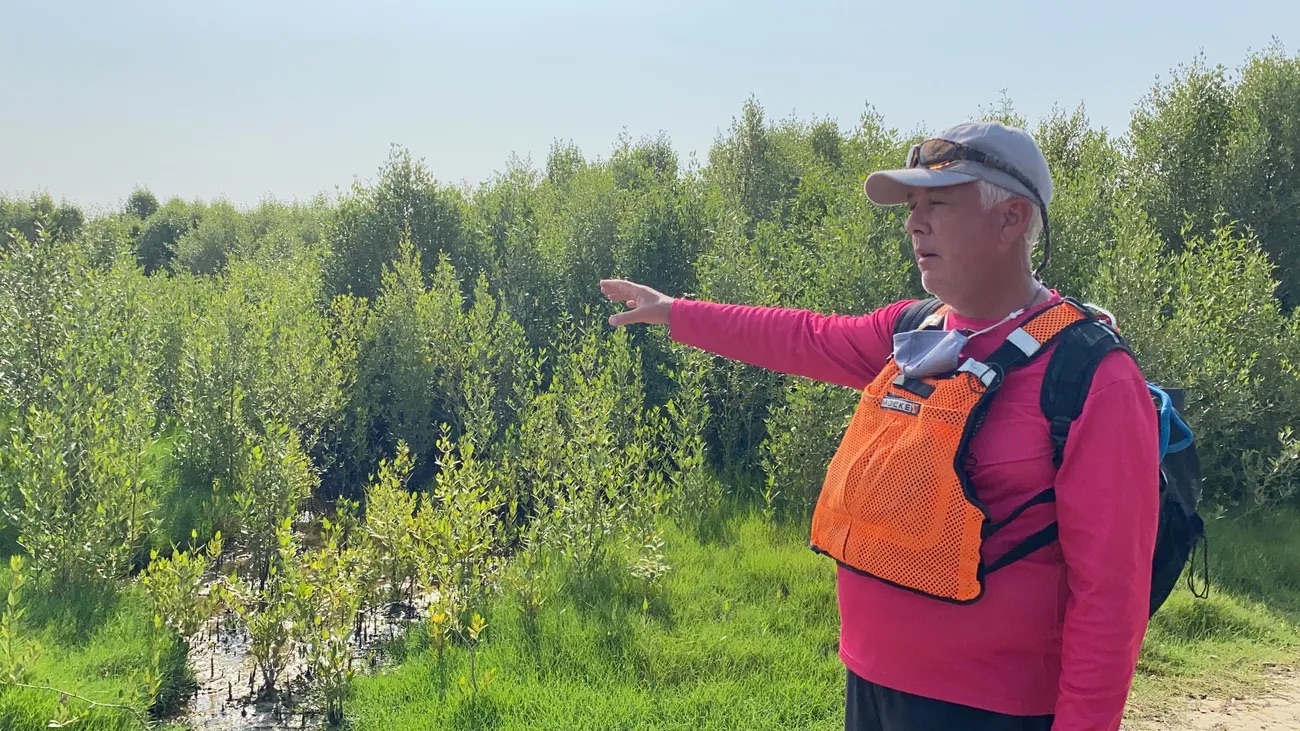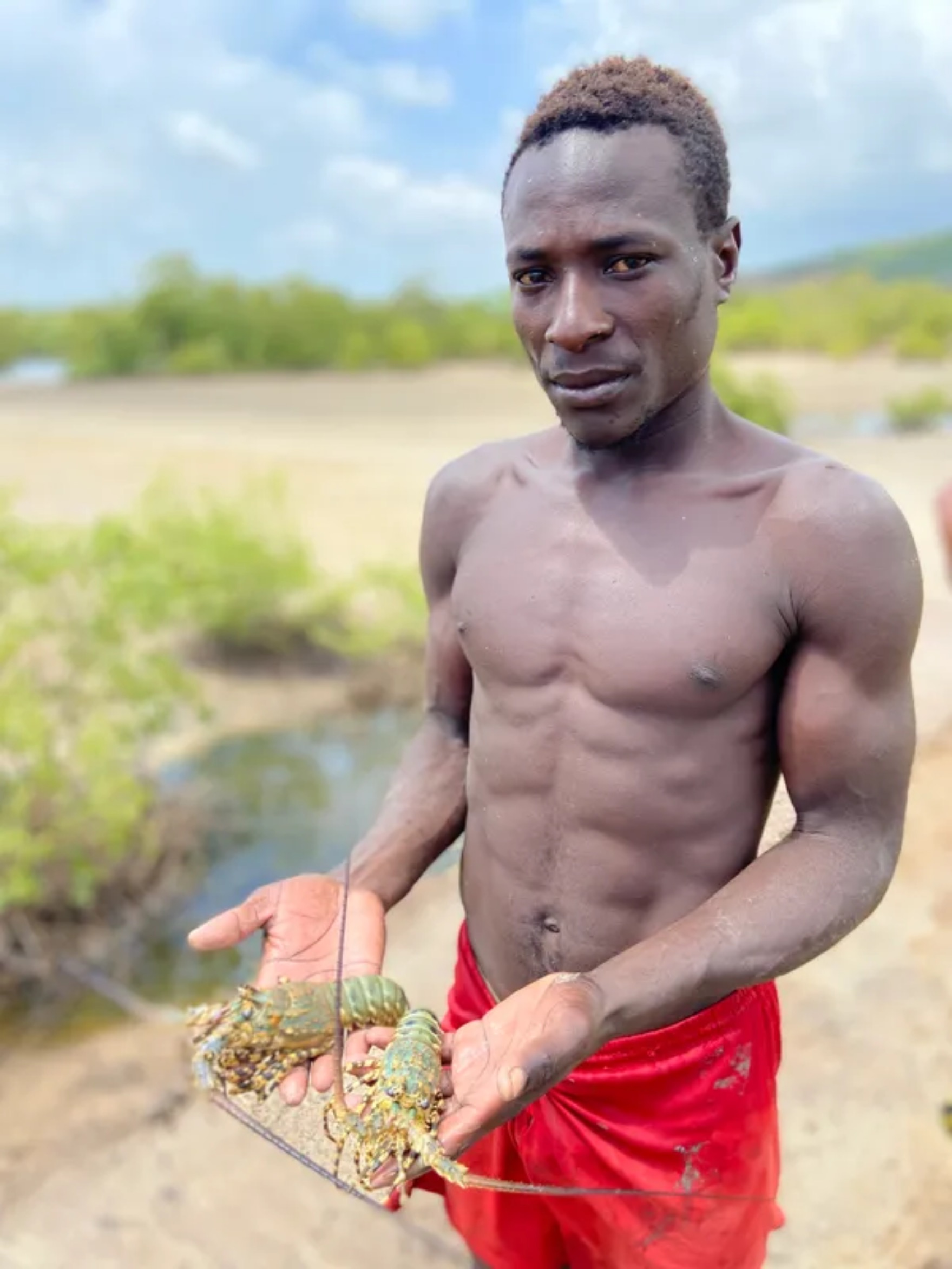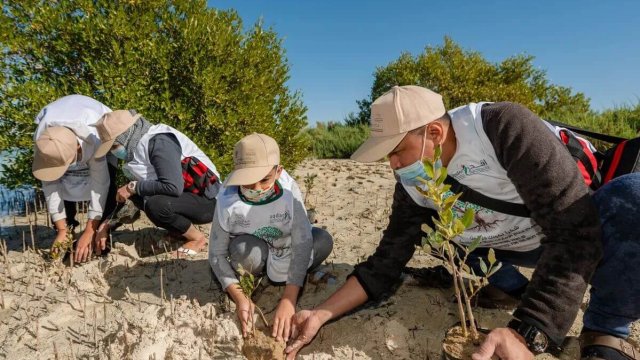
- Sustainable Planet -
- 5mins -
- 326 views
Blue Forest launches Africa’s largest mangrove project in Mozambique
Mozambique and Blue Forest sign a historic deal to plant up to 100 million mangroves, covering a total project area of over 700 square miles (185,000 Ha), that could offset 200,000 tons of CO2 annually.
project will offset equivalent CO2 emissions annually to taking 50,000 cars off the road
Maputo, Mozambique – February 8, 2022: The largest mangrove reforestation project in Africa has been launched by Mozambique’s Ministry of Sea, Inland Waters and Fisheries (MIMAIP) in partnership with Blue Forest, a UAE-based mangrove reforestation specialist. The project will be implemented in the biodiversity-sensitive provinces of Sofala and Zambezia, spread across 185,000 hectares of mangrove forests. It is expected that between 50-100 million trees will be planted as part of this long-term partnership. This project will offset approximately 200,000 tons of CO2 emissions annually, equivalent to taking 50,000 cars off the road. — BlueForest.co
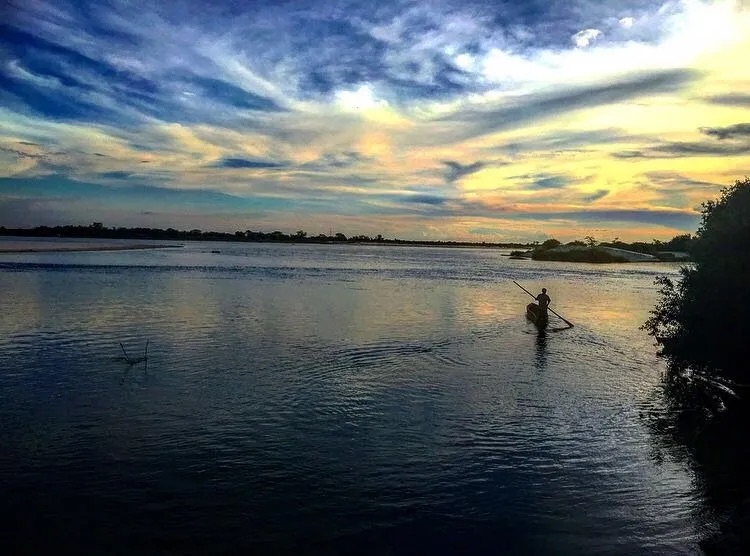
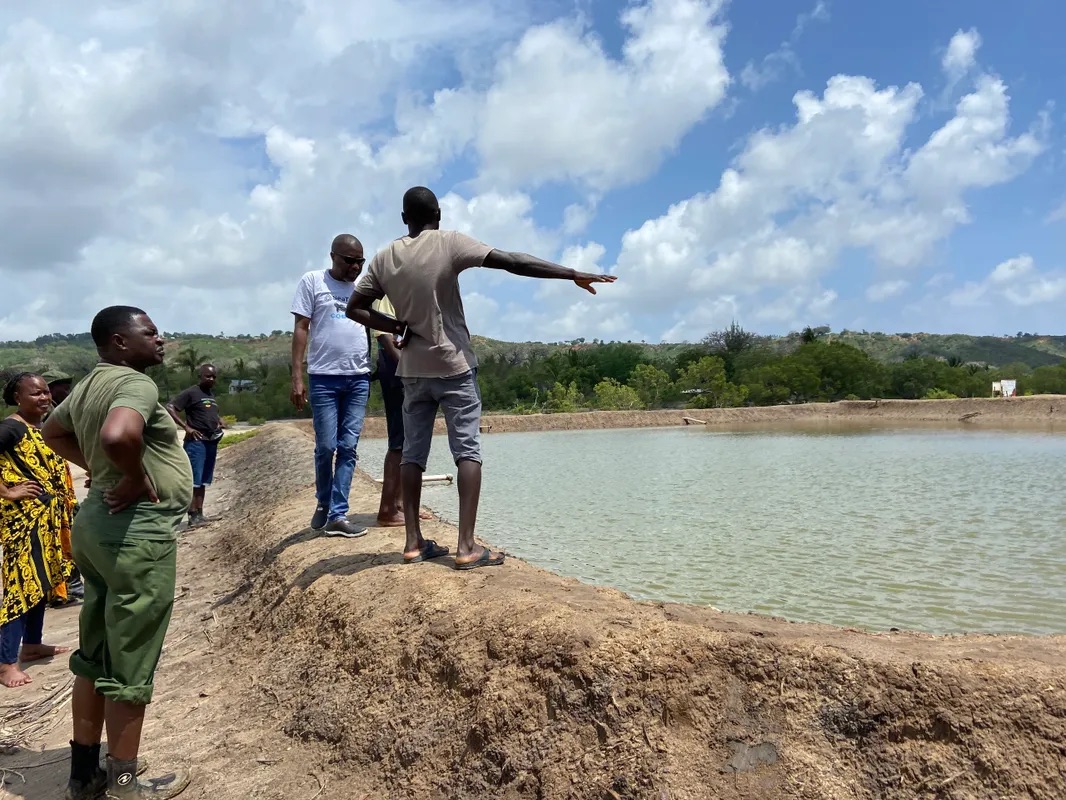
The project will be financed through carbon credits over a 30-year period
The partners will utilise high resolution satellite imagery, LiDAR technology and remote sensing data to identify key ‘hot spots’ where the need for restoration is highest. Artificial Intelligence (AI) algorithms will then be used to decipher the satellite data and field measurement to customise the reforestation activities in an accurate, efficient and transparent manner.
The reforestation works will be carried in collaboration with several stakeholders tackling the issue of mangrove forest restoration in Mozambique. Public institutions such as the National Directorate for Forrest (DINAF) and the National Fund for Sustainable Development (FNDS), as well as universities and NGOs will be engaged in this flagship campaign.
The project will be financed through carbon credits that will be generated through the reforestation and conservation activities over the 30-year period of this partnership. The proceeds will be shared between the local and national stakeholders as per the guidelines set by FNDS.
Source: BlueForest.co
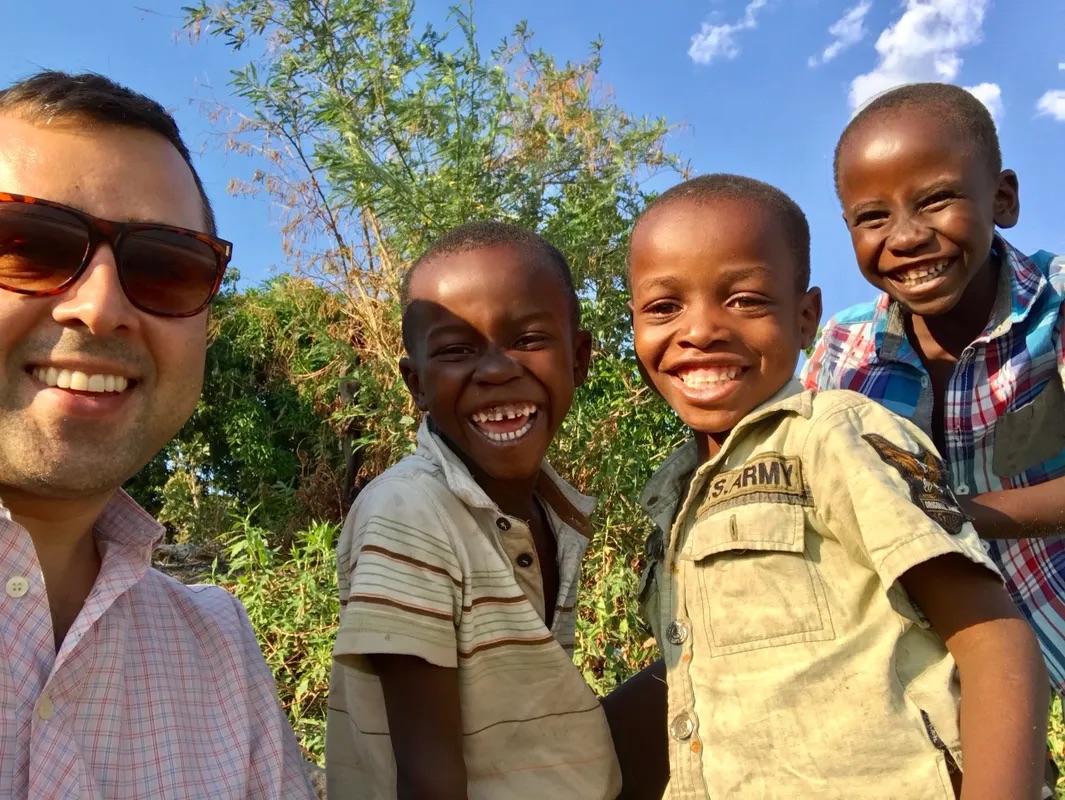

Tens of thousands of people and endless marine life to benefit from project
Xavier Munjovo, Permanent Secretary of MIMAIP, commented: “Mozambique has over 300,000 hectares of mangroves along its coast, which is one of the largest tracts of mangrove forest in Africa. We are delighted to partner with Blue Forest and to introduce innovative technology in the way we map and restore our vital mangrove forests for generations to come.”
Vahid Fotuhi, Founder and CEO of Blue Forest, added: “Mozambique is a hugely strategic country when it comes to mangrove forests. We are thrilled to partner with MIMAIP and to work in coordination with all the public and private national and provincial institutions, as well as the local communities in Sofala and Zambezia on this historic project. Tens of thousands of people and endless marine life will benefit from this project.”
Source: BlueForest.co
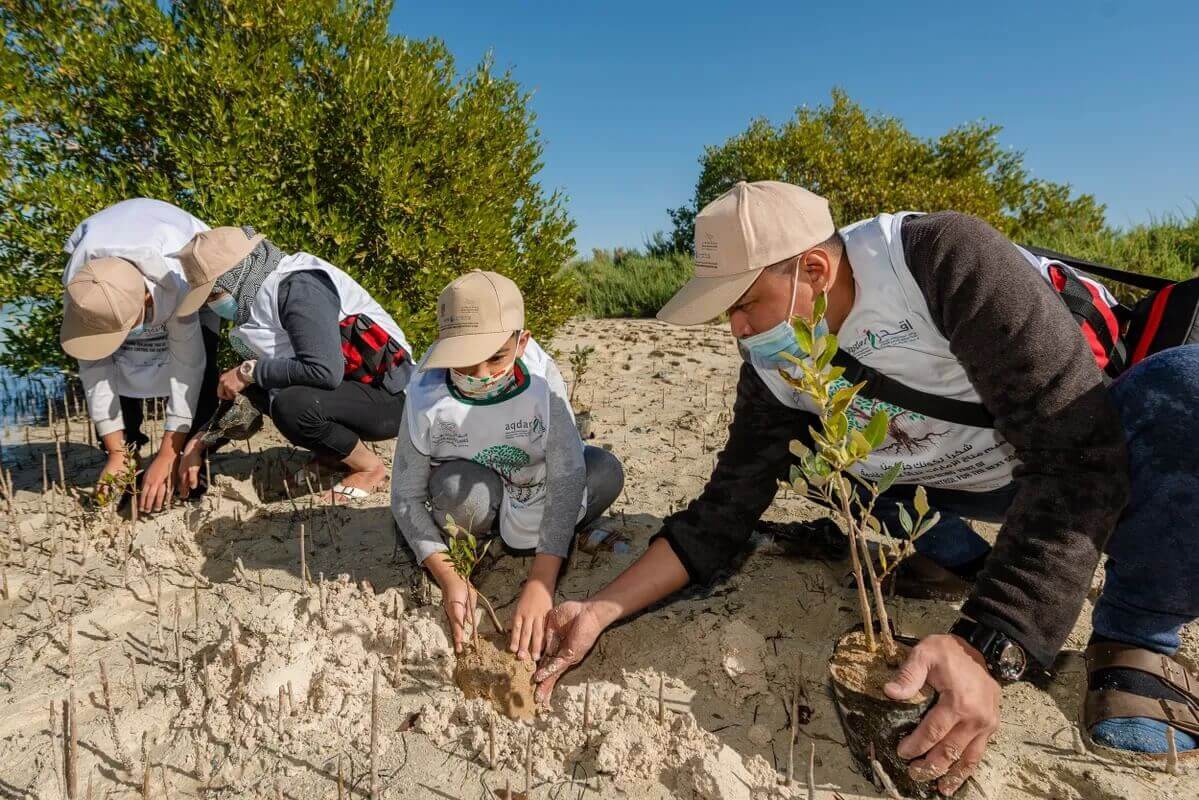
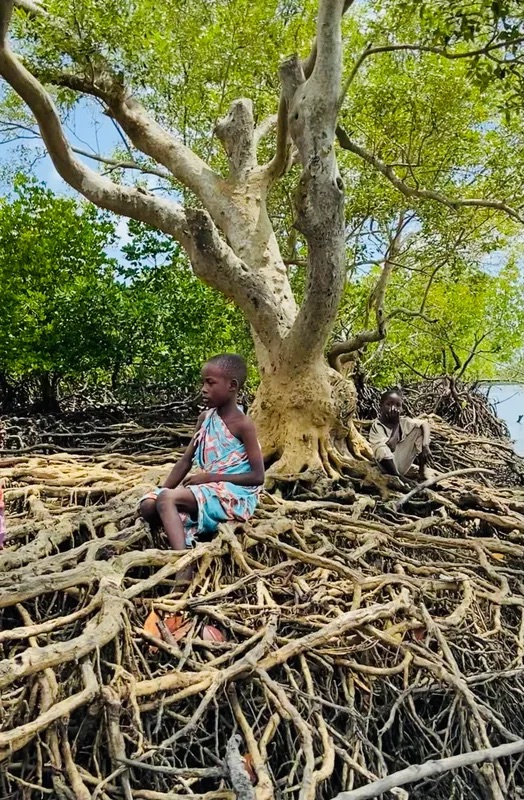
5 REASONS WHY MANGROVES ARE SO IMPORTANT
Mangroves provide protection from storms, nurseries for wildlife and recreation for people, according to The Nature Conservancy. Here are five of the reasons they list as why Mangroves are important:
- Mangroves are important to humans Mangroves are important to people because they help stabilise Florida’s coastline ecosystem and prevent erosion. Mangroves provide natural infrastructure and protection to nearby populated areas by preventing erosion and absorbing storm surge impacts during extreme weather events such as hurricanes.
- Mangroves are important to the ecosystem. Mangroves are important to the ecosystem too, as their dense roots help bind and build soils, while their above-ground roots slow down water flows and encourage sediment deposits that reduce coastal erosion. The complex mangrove root systems filter nitrates, phosphates and other pollutants from the water, improving the water quality flowing from rivers and streams into the estuarine and ocean environment.
- Mangrove forests are carbon sinks. Mangrove forests capture massive amounts of carbon dioxide emissions and other greenhouse gases from the atmosphere, and then trap and store them in their carbon-rich flooded soils for millennia. This is an important ecosystem service as we face climate change. This buried carbon is known as “blue carbon” because it is stored underwater in coastal ecosystems like mangrove forests, seagrass beds and salt marshes.
- Mangrove forests are good for wildlife. Mangrove forests also provides habitat and refuge to a wide array of wildlife such as birds, fish, invertebrates, mammals and plants.
- Mangrove forests are a great place to visit. Mangrove forests can provide a variety of nature experiences for people such as birding, fishing, snorkelling, kayaking, paddle boarding, and the therapeutic calm and relaxation that comes from enjoying peaceful time in nature. They also provide economic benefits to communities as a nursery for commercial fish stocks.
To learn more about why Mangroves are of such significance, and the threats they face, read ‘The Importance of Mangroves’ by The Nature Conservancy.
Source: Nature.org
